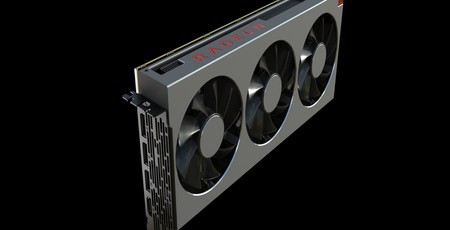
Manufacturer: AMD
UK price (as reviewed): MSRP £649 (inc. VAT)
US price (as reviewed): MSRP $699 (exc. tax)
In terms of launch strategy, AMD is focusing solely on its reference design, which you may have seen unboxed earlier this week by a staggeringly beautiful awkward man. Partners are known to be selling the same card with different branding, but it’s so far been difficult to pin anyone down on specifics with regards to custom SKUs or even water blocks.
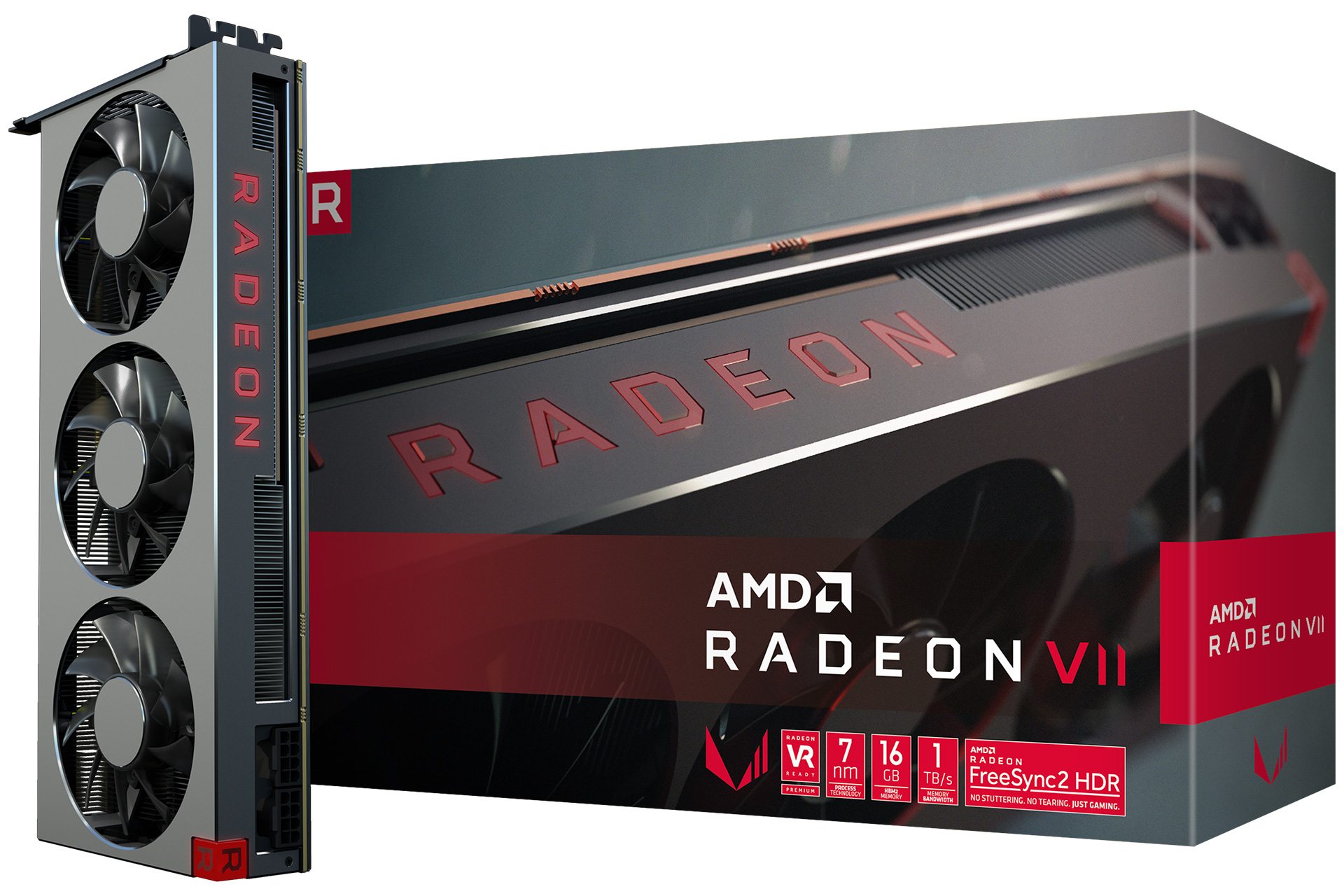
The Radeon VII marks a significant change in cooler design and aesthetics compared to Vega 64, and we reckon that’s a good thing. The new triple-fan cooler looks more modern and high-end and should hopefully cope better with the 300W power envelope than the very noisy single-fan Vega 64 cooler. Build quality has also been improved, with aluminium used for both the shroud and the perforated backplate – it feels suitably premium.
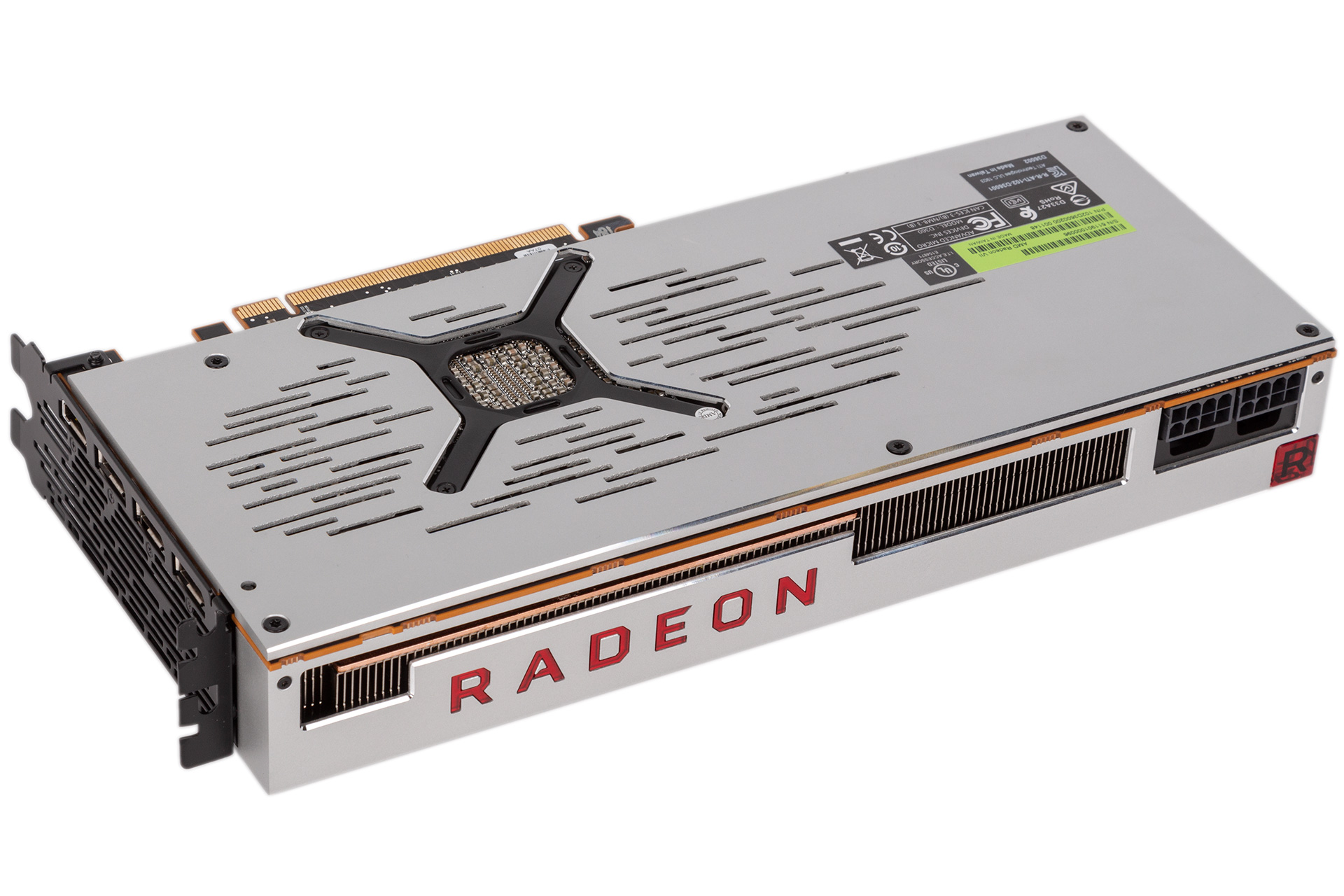
Size-wise it’s a standard length for a reference card at just under 270mm, and it sticks properly to a dual-slot form factor. It does, however, stray above the height of the PCI bracket by about 10mm, but these days that’s not a lot, and most modern cases will accommodate it just fine.
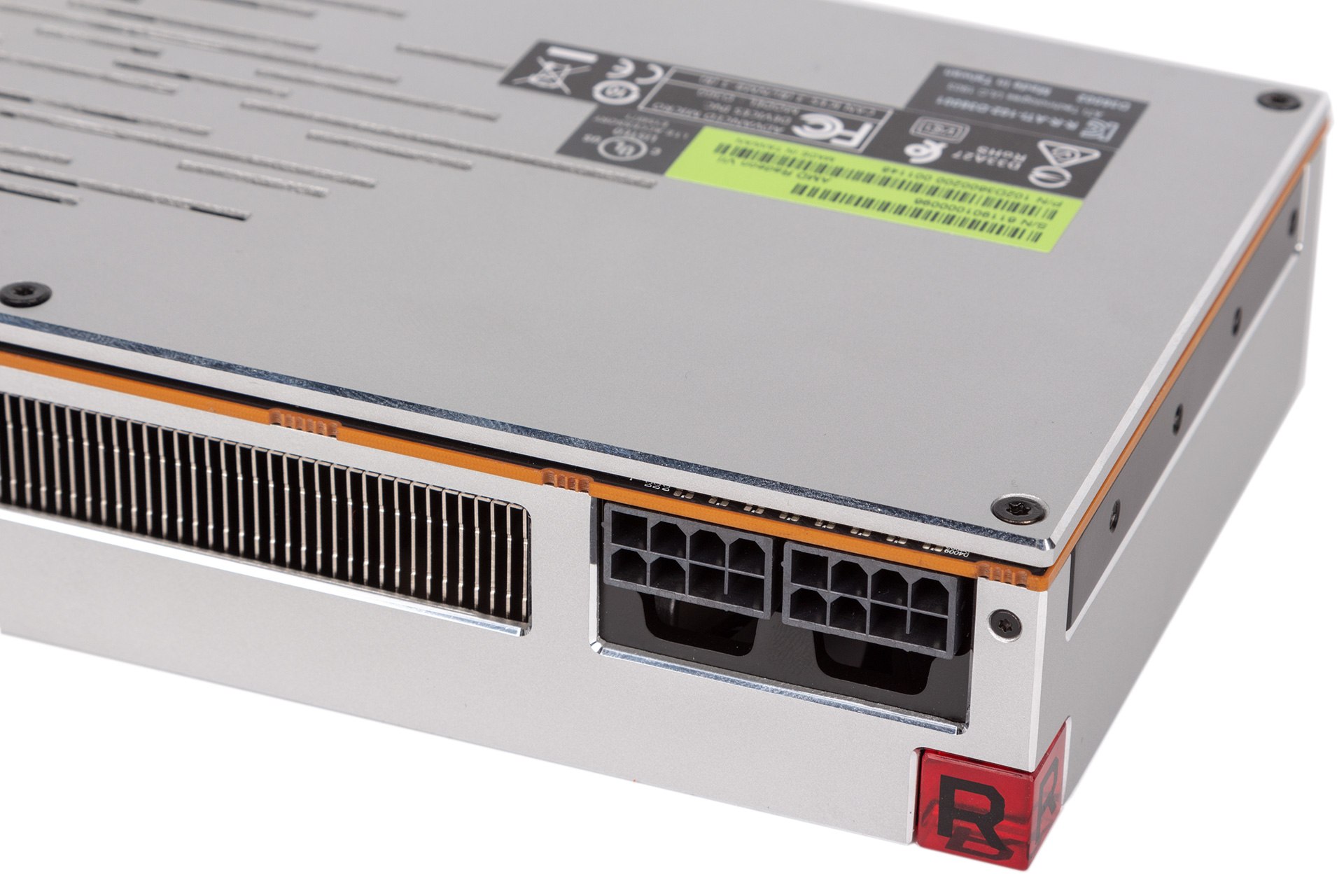
The double eight-pin PCIe power plugs make sense for the power requirements, delivering 300W all by themselves. These are top-mounted in the usual spot, but they’re not indented, so as well as the extra height of the card you’ll need to account for your PSU cables protruding out.
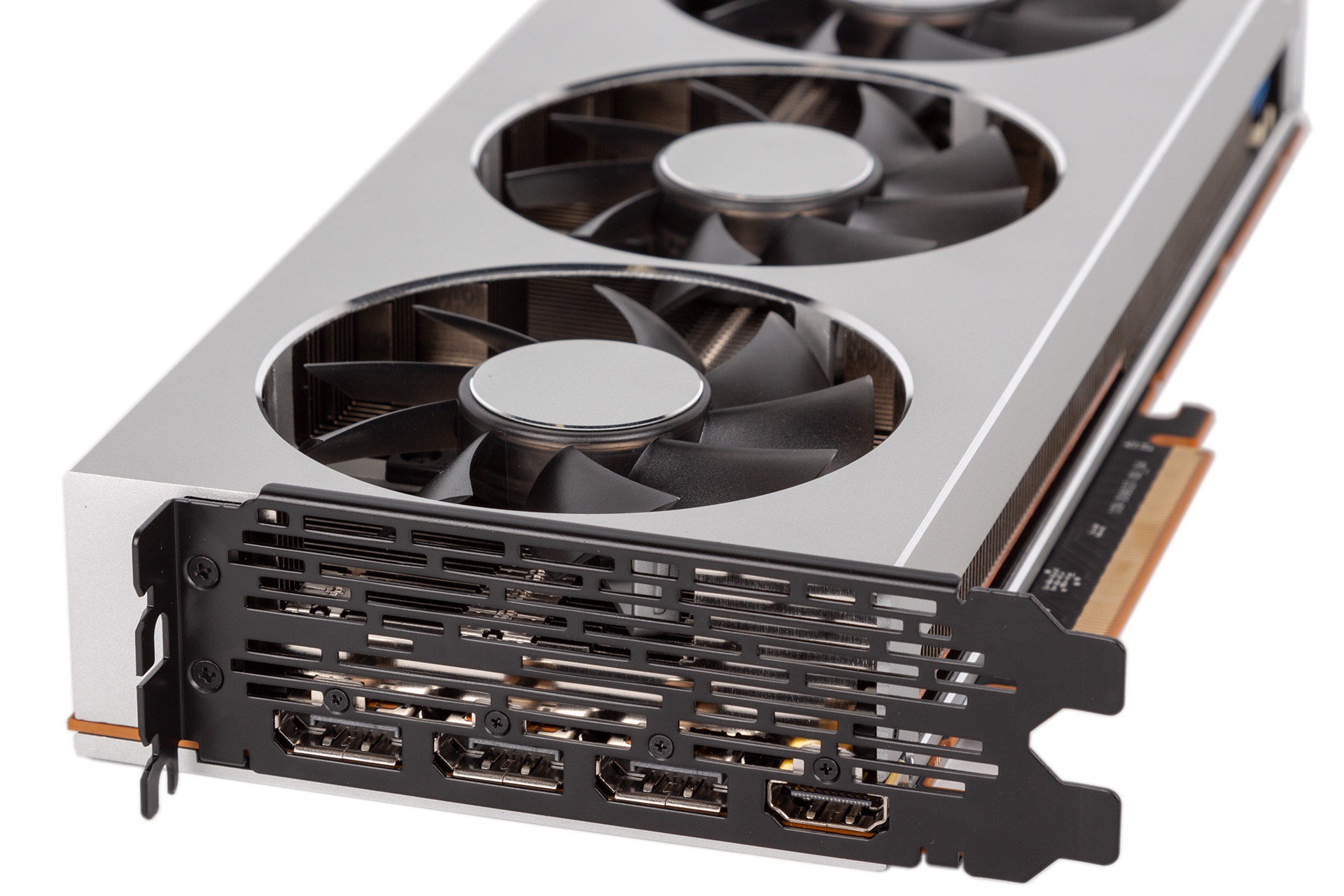
Display outputs are the usual selection of three DisplayPort 1.4 headers and one HDMI 2.0b. Unlike Nvidia, AMD does not support the USB-C VirtualLink standard for next-gen VR headsets, but the full suite of FreeSync 2 HDR features are of course supported here.
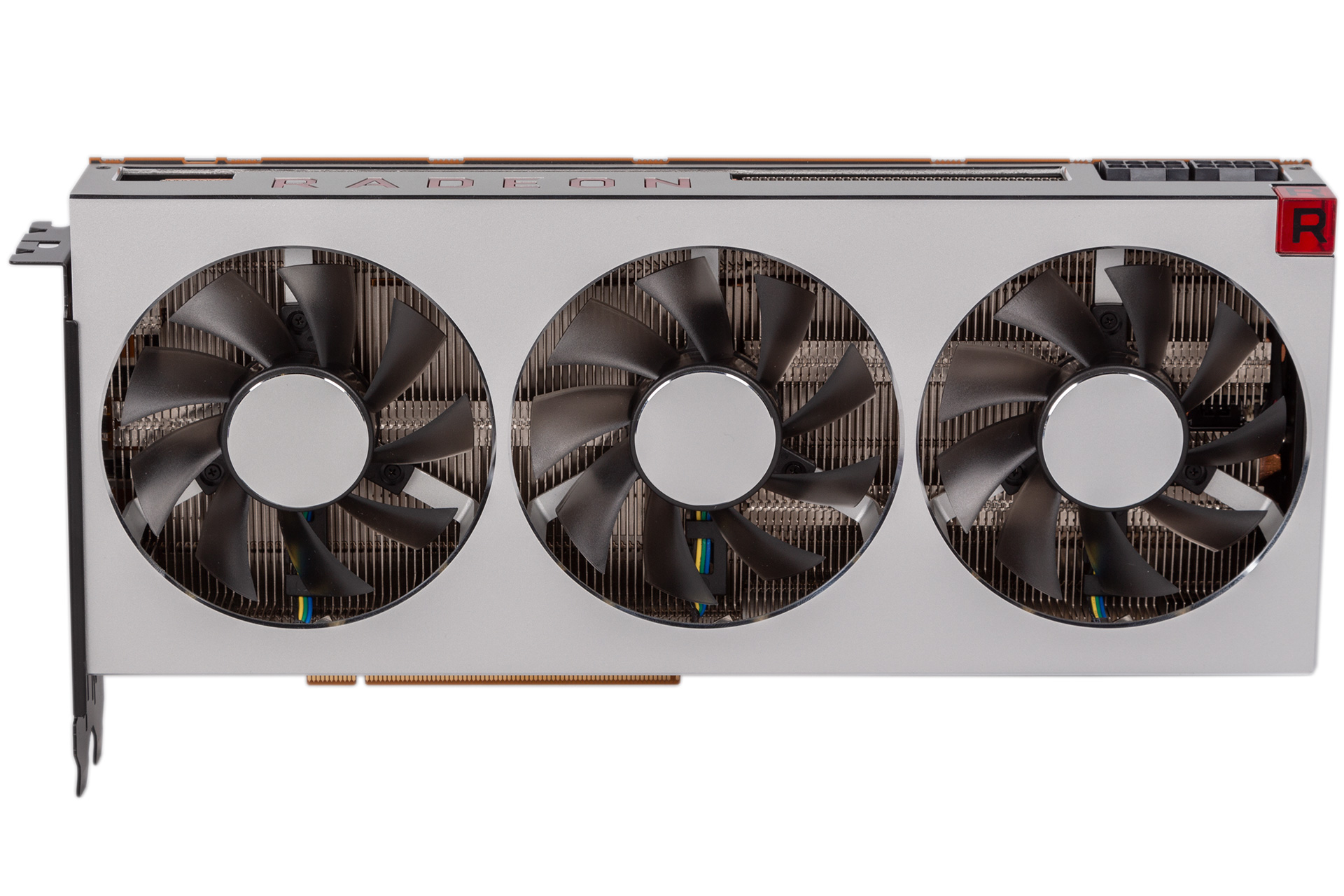
We think this is the first time that three fans have been used on a single-GPU reference card, with both AMD and Nvidia now having adopted the multi-fan, open-shroud cooler design so often used by their various board partners. This is no bad thing, as it tends to result in more efficient cooling. The major downside compared to blower coolers, though, is that air is typically dumped into your chassis rather than directed out of it, and that’s indeed the case here. The direction of the fins means that a lot of hot air will be aimed straight at your motherboard, but again this is common now. The fans are not semi-passive and will stay on even when the GPU is under little or no load.
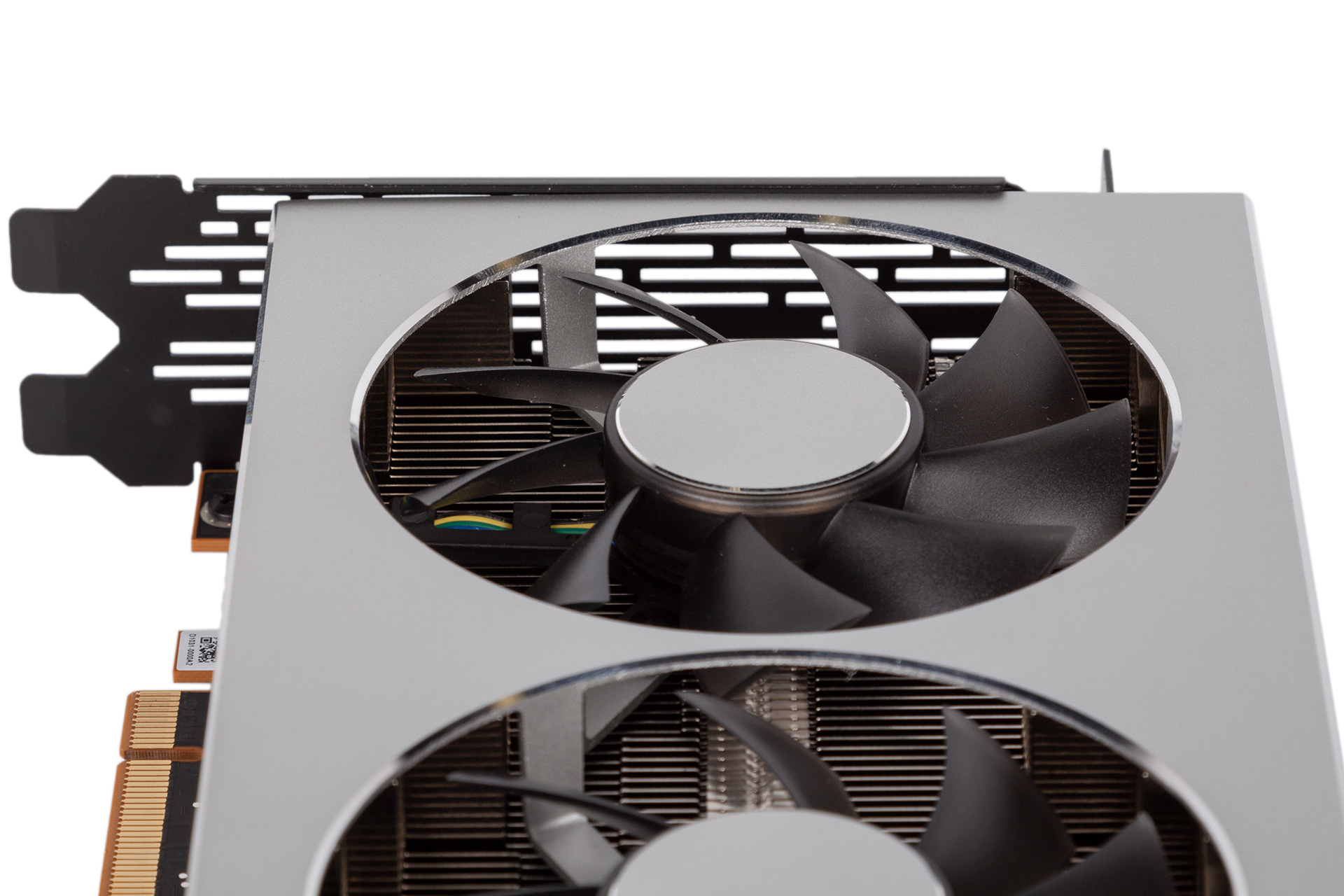
We’ve opted not to do a teardown of this card after seeing the excellent work Gamers Nexus did, as the new graphite thermal pad AMD is using will be hard for us to replicate, and we need to keep the Radeon VII for future testing. In short, though, AMD is again using copper vapour chamber cooling (same as Vega 64 and RTX 2080) on the GPU/memory, with copper heat pipes then feeding the aluminium fin stack above. There’s also a metal contact plate to help draw away heat from the 12 MOSFETs serving the 10+2 power phase layout.
AMD has also opted not to include dual-BIOS functionality, so you won’t find a switch along the top edge like you do on Vega 64.

MSI MPG Velox 100R Chassis Review
October 14 2021 | 15:04

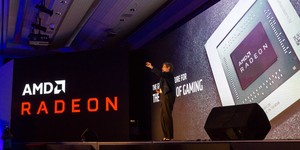
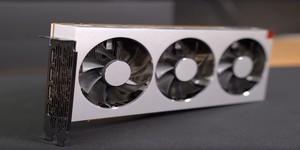
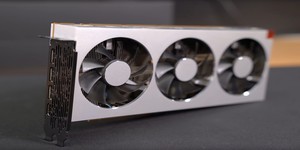




Want to comment? Please log in.